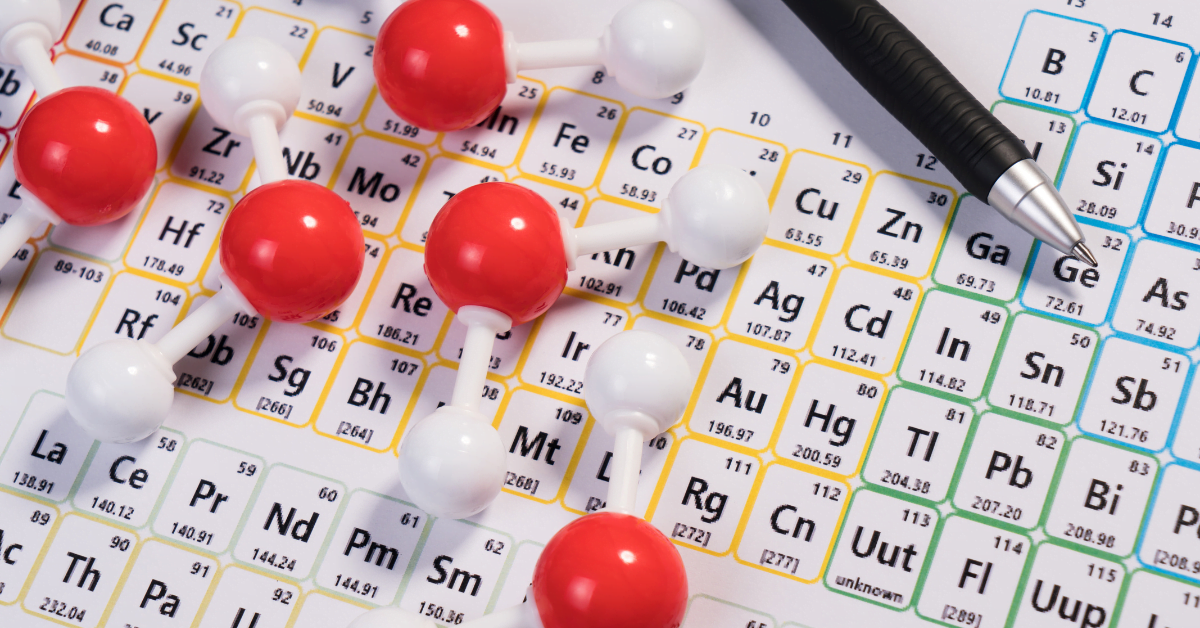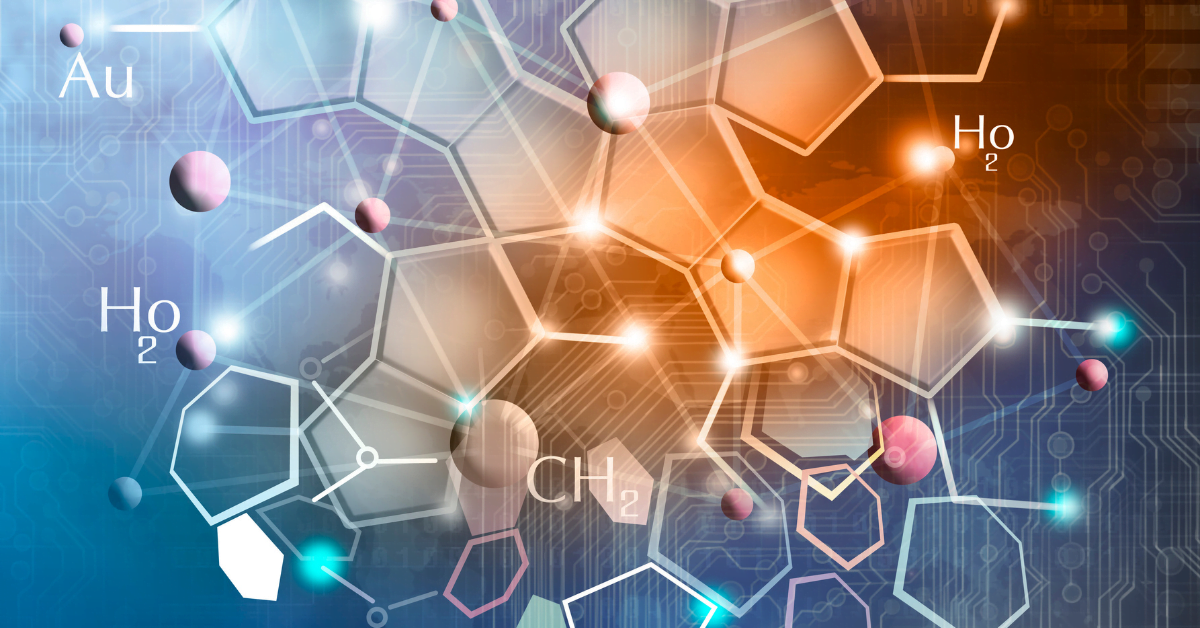Introduction to Diatomic Elements
Diatomic elements play a fundamental role in chemistry because of their unique molecular structures and significant properties. Diatomic elements, as the name suggests, consist of two atoms of the same element bonded together. Understanding Diatomic Elements Chemistry-This page examines the chemistry of these elements in detail, highlighting their traits, uses, and significance in various chemical processes.

The Nature of Diatomic Elements
Diatomic elements are characterized by their stable molecular form, which arises from the covalent bonding between two identical atoms. In many cases, this bonding is essential for achieving the octet rule, allowing the elements to attain a more stable electronic configuration. The most common diatomic elements include:
Hydrogen (H₂) Nitrogen (N₂) Oxygen (O₂) Fluorine (F₂) and chlorine (Cl₂) Bromine (Br₂) Iodine (I₂)
Molecular Orbital Theory and Diatomic Elements-Understanding Diatomic Elements Chemistry
Understanding diatomic elements necessitates a grasp of molecular orbital theory, which explains bond formation through atomic orbital overlap. In diatomic molecules, this overlap creates sigma (σ) and pi (π) bonds. In O2, for instance, the filling of the σ and π orbitals results in a double bond between the oxygen atoms due to the molecular orbital arrangement.
Molecular orbital theory can compute bond order, a measure of a bond’s stability, for diatomic molecules.
For instance, O2 has a bond order of 2, reflecting its double bond strength. Conversely, N₂ has a bond order of 3, indicating a triple bond, which contributes to its notable stability.

Physical and chemical properties-Understanding Diatomic Elements Chemistry
Diatomic elements exhibit distinct physical and chemical properties based on their electronic configurations and molecular structures.
Hydrogen (H2): As the lightest and simplest diatomic molecule, hydrogen is highly reactive and serves as a fundamental building block in various chemical reactions. It is critical for organic synthesis and acid-base chemistry. Nitrogen (N2): Nitrogen gas is a relatively inert molecule, thanks to its strong triple bond. It constitutes approximately 78% of Earth’s atmosphere and is essential for the nitrogen cycle in ecosystems. Industrial uses for nitrogen. Oxygen (O3): The combustion and respiration processes rely on oxygen. Because of its strong reactivity, it can form oxides with most elements. It blocks the sun’s damaging UV radiation because oxygen is essential for the synthesis of ozone (O2). The most electronegative and reactive element of all is fluorine (F2). Because of its strong reactivity, it is useful for producing Teflon, fluorinated chemicals, and other industrial products. Chlorine (Cl): Chlorine is a typical disinfectant and bleach.
Its reactivity allows it to produce chlorinated compounds, which are essential to many other chemical reactions. Bromine (Br₃): Bromine is a liquid at room temperature that is used to make flame retardants and pigments. Its chemical behavior is comparable to that of chlorine and iodine. Iodine (I₃): Iodine possesses antimicrobial qualities and is necessary for the synthesis of thyroid hormone. Chemical assays use its ability to form dark-colored compounds with starch.
Reactions Involving Diatomic Elements-Understanding Diatomic Elements Chemistry
Diatomic elements participate in various chemical reactions, demonstrating their versatility and importance.
Combustion reactions involve diatomic elements such as O2, which react with organic compounds to produce carbon dioxide and water. The combustion of hydrogen, for example, produces water.
2H2+O2→2H2O2H2 + O2 → 2H2O2H2+O2→2H2O
Formation of Acids and Bases: Diatomic molecules such as Cl₂ and F₂ react with water to form acids and bases. Chlorine, for instance, forms hydrochloric acid when it dissolves in water.
Cl2+H2O→HCl+HOClCl2 + H2O → HCl + HOClCl2+H2O→HCl+HOCl
Synthesis Reactions:
Diatomic elements are crucial in the synthesis of various compounds. For instance, the Haber process uses N2 to produce ammonia.
N2+3H2→2NH3N2 + 3H2 → 2NH3N2+3H2→2NH3

Industrial and environmental significance
Diatomic elements have substantial industrial and environmental impacts. While nitrogen is essential for agricultural fertilizers, hydrogen is gaining recognition as a clean fuel source. Oxygen is indispensable for medical applications and environmental management. Because of their reactivity, fluorine and chlorine are essential for industrial processes, but there are worries about their possible impacts on the environment, especially when it comes to chlorofluorocarbons (CFCs).
Safety Considerations
Handling diatomic elements requires stringent safety measures. For instance, fluorine and chlorine are highly toxic and corrosive, necessitating proper safety protocols to avoid exposure. Hydrogen is highly flammable, and precautions are essential to prevent explosions.
Uses and Upcoming Developments in Diatomic Element Chemistry
Beyond just examining their basic characteristics and interactions, diatomic element research has a significant impact on a variety of novel applications and advancements across a broad spectrum of disciplines. This section underscores the significance of diatomic elements in modern science and technology through an examination of their practical applications and ongoing advancements.
Utilizing Diatomic Elements in Industry
Hydrogen as a Clean Energy Source: The use of hydrogen as a clean fuel is becoming more widespread, especially when it comes to environmentally friendly energy options. Hydrogen fuel cells convert hydrogen into electrical power, making them a viable substitute for fossil fuels. These cells have a variety of uses, including supplying vital systems with backup energy and powering automobiles. The advancement of this technology depends on the creation of effective hydrogen generation techniques such as steam methane reforming and water electrolysis.
The Haber process, which produces ammonia for fertilizers, is the primary use of nitrogen in agriculture and industry. This approach improves agricultural yields and food security, making it essential to global agriculture. The food business also utilizes nitrogen for shelf life extension, freshness preservation, and packaging. Because of its inert nature, it is ideal for creating controlled conditions in production and storage settings.
Oxygen in Environmental and Medicinal Technologies: Oxygen finds use in environmental management as well as the medicinal areas. In the medical field, oxygen treatment is essential for supporting patient care and treating respiratory disorders. In environmental technology, oxygen-treated wastewater nurtures beneficial bacteria that break down organic contaminants. Furthermore, oxygen improves industrial operations because it is necessary for the production of steel and other metals.
In chemical manufacturing, fluorine and chlorine are used: Fluorine’s special reactivity enables the production of Teflon, a high-performance substance for non-stick cookware coatings and other industrial uses. On the other hand, chlorine is needed for the production of sanitizers and disinfectants, which are essential for cleanliness and public health. Chemical manufacturers utilize these elements for their versatility in the synthesis of agrochemicals and medicines.
New Innovations and Trends
Green Chemistry and Eco-Friendly Methods: The goal of the field of green chemistry is to reduce the negative effects that chemical reactions using diatomic elements have on the environment. Developing more environmentally friendly techniques to produce hydrogen, such as electrolysis with renewable energy sources, is one example of innovation. In an effort to develop safer and more environmentally friendly substitutes, researchers are also looking for ways to reduce the use of potentially dangerous fluorine and chlorine chemicals in industrial processes.
Developments in Material Science: The field’s research on diatomic elements is at the forefront. For example, the creation of novel fluorinated materials with improved characteristics is increasing their use in medical, aeronautical, and electronics equipment. Researchers are studying the use of nitrogen-doped materials in catalysis and energy storage, demonstrating how diatomic elements may aid in technology development.
Environmental Monitoring and Mitigation: Cutting-edge sensing technologies are being developed to monitor and manage the effects of diatomic elements on the environment. For instance, we can use sensors that detect traces of fluorine and chlorine compounds to regulate pollution and ensure adherence to environmental regulations. Efforts are also underway to recover and recycle hydrogen and other diatomic gases from industrial operations, aiming to reduce their environmental impact.
Opportunities for Education and Research: As our knowledge of diatomic elements grows, so do the opportunities for education and research, with an eye toward exploring their potential uses. To promote creativity and cooperation in the sector, academic institutions and research centers are providing specific courses and projects centered on the chemistry of diatomic elements.
Conclusion
Diatomic elements are fundamental to chemistry because they have distinct molecular structures and are required for both industrial and natural processes. Covalent bonding allows them to acquire stability because they fundamentally consist of two atoms of the same element. Their simplicity conceals their complexity and significance in a range of chemical processes and reactions.
To understand diatomic elements, Molecular orbital theory, which describes how these elements form bonds and how bond order affects their stability, is necessary. Examples of the different strengths and reactivities among diatomic molecules include the triple bond in nitrogen and the double bond in oxygen. These distinctions are essential for understanding how to manipulate and anticipate chemical activity in various contexts.
The physical and chemical characteristics of diatomic elements further demonstrate their relevance. While nitrogen’s inertness is crucial for maintaining the stability of Earth’s atmosphere, hydrogen’s reactivity makes it necessary for organic synthesis. The involvement of oxygen in respiration and combustion highlights its significance in maintaining life and energy. Chlorine and fluorine’s disinfecting qualities and reactivity demonstrate their industrial value, yet they also pose environmental challenges. Everything from flame retardants to vital thyroid hormones demonstrates the various uses of bromine and iodine.
Diatomic elements are also essential to many other reactions, such as synthesis and combustion, illustrating their adaptability. Their effects on industry and the environment are significant, affecting industries including pollution control, medicine, and agriculture.
It is becoming more and more important to comprehend diatomic elements as chemical research and technology progress, understanding diatomic elements becomes increasingly important. Their research improves our understanding of basic chemistry and has real-world implications that impact the environment and our everyday lives. Proper handling and safety precautions are critical in order to reduce the risks associated with these materials and ensure their usefulness while limiting possible hazards. Through study and application, we continue to realize the full potential of these extraordinary molecules, which is propelling innovation and advancement in chemistry and other fields.



